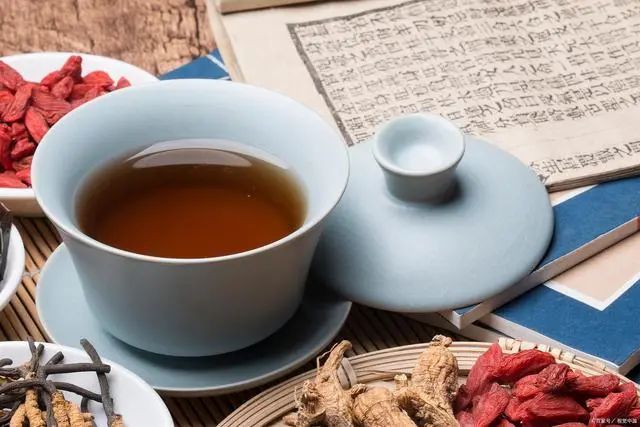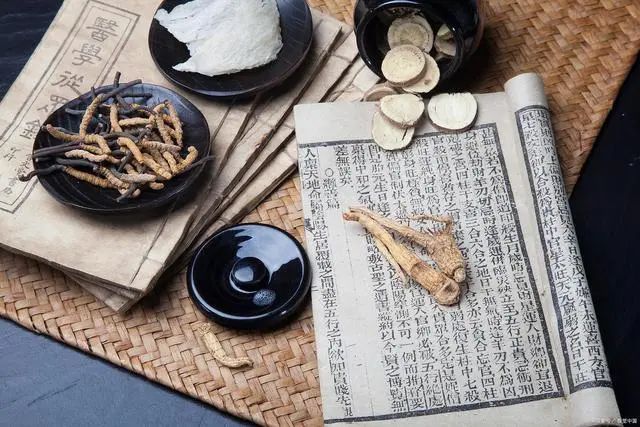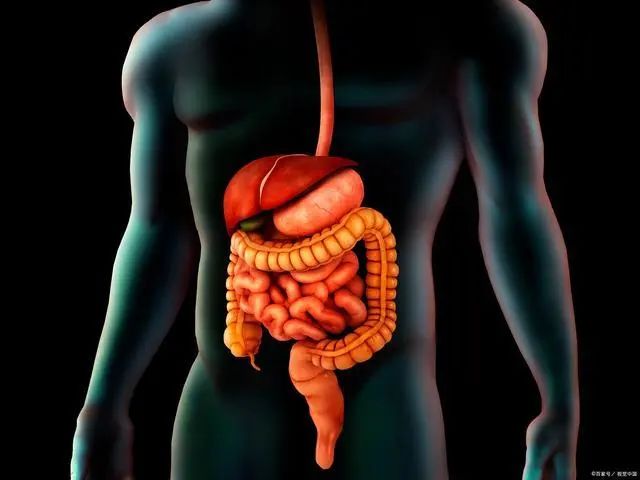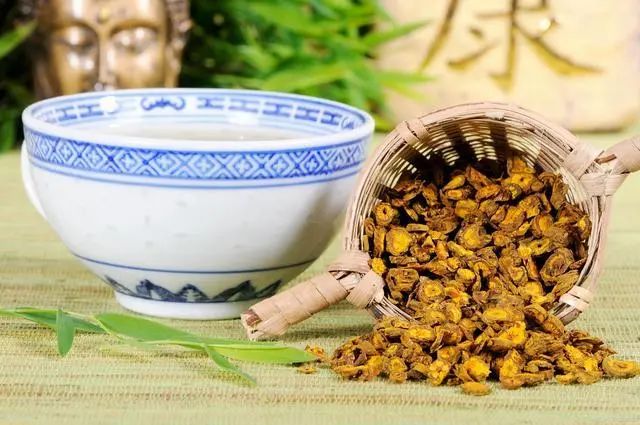As the weather gradually warms and rainfall increases, the issue of damp-heat in adults becomes more pronounced. Damp-heat is considered one of the six evils in traditional medicine.
The six evils include wind, cold, damp, heat, dryness, and fire. In terms of constitution, traditional medicine categorizes individuals into nine types, and various signs indicate that damp-heat is not a favorable condition.

Damp-heat is an external manifestation, and the pathogenesis in the body is often caused by both internal and external factors, primarily due to a heavy environmental humidity and internal disharmony of the organs.
Damp-heat can be categorized into spleen-stomach, liver-gallbladder, bladder, large intestine, and bi syndrome damp-heat. Among these, the more common types in traditional medicine are liver-gallbladder and spleen-stomach damp-heat, which are also common causes of illness in middle-aged and elderly individuals.
The human body has three burners, and the spleen, stomach, liver, and gallbladder belong to the middle burner. Once affected by damp-heat, especially from frequently consuming greasy and heavy foods, symptoms may manifest as a thick, white, red, or yellow tongue coating, and a general feeling of nausea and loss of appetite.
Therefore, it is crucial to accurately identify the conditions of spleen-stomach and liver-gallbladder damp-heat for targeted regulation. Avoid taking medications indiscriminately, as misdiagnosis can lead to incorrect treatments and exacerbation of symptoms.

First, one must understand whether they are experiencing damp-heat. Symptoms may include difficulty with bowel and urination, swelling in the limbs, abdominal distension and pain, sticky mouth, and lack of energy. The differences between liver-gallbladder and spleen-stomach damp-heat are as follows.
First, spleen-stomach damp-heat is characterized by loose stools, abdominal distension, and limb dysfunction, while liver-gallbladder damp-heat presents with dry mouth, bitter or sour taste, flushed face and ears, and hard stools followed by soft stools.
Second, when spleen-stomach damp-heat occurs, the transformation and transportation of damp-heat in the spleen and stomach lead to dysfunction in the stomach’s ability to descend and receive, causing stagnation in the middle burner, primarily due to excessive internal heat. Liver-gallbladder damp-heat arises from poor drainage in the liver and gallbladder, resulting in excessive liver fire.

Third, spleen-stomach damp-heat primarily affects the digestive system, while liver-gallbladder damp-heat burdens the spleen and stomach, leading to disharmony accompanied by subtle distension and pain.
Fourth, in terms of treatment duration, regulating spleen-stomach damp-heat requires a longer period, especially with proper adjustments, and later dietary efforts. In contrast, liver-gallbladder damp-heat can be resolved quickly but may recur rapidly and is easily influenced by emotions.
Fifth, spleen-stomach damp-heat is also reflected in gastrointestinal dysfunction, where one feels full after eating little and shows no interest in favorite foods. Fatigue and drowsiness are prominent symptoms. In women, liver-gallbladder damp-heat may present with flushed face and ears, bad breath, sour taste, red-yellow tongue tip, and in men, dampness in the scrotum; in women, foul-smelling leukorrhea.

Without professional knowledge, it is difficult to know how to regulate dietary habits. Randomly searching for symptoms online can lead to chaotic treatments, which may show some initial improvement but ultimately fail to alleviate symptoms, worsening the condition and turning minor issues into major problems.
In summary, both spleen-stomach and liver-gallbladder damp-heat should be approached from the perspective of clearing heat. The heat causing stagnation must be dispersed and expelled from the body.
For liver-gallbladder damp-heat, it is essential to eliminate dampness before clearing heat. Once the dampness is resolved, the spleen and stomach thrive in a dry and warm environment, allowing for gradual fundamental regulation, after which fire can be reduced to dryness.
Conversely, the liver and gallbladder prefer a humid environment, thus during the heat-clearing process, emphasis should be placed on promoting dampness elimination to assist in warming and transforming dampness.

It is crucial to adjust medications based on the patient’s duration of illness, age, and severity of symptoms, but medication must only be administered after a doctor’s diagnosis.
Warm Reminder:
The primary causes of internal damp-heat are excessive consumption of spicy, fatty, and fried foods, along with overeating, irregular eating habits, lack of exercise, and food stagnation leading to damp-heat conditions.
Additionally, emotional suppression and high work stress can lead to spleen and stomach disharmony, resulting in damp-heat. To prevent damp-heat, it is advisable to control dietary intake, aiming for seven to eight parts full.
Note: Some text and image resources in this article are sourced from the internet. The purpose of reprinting this article is to convey more information. If there are any errors in source attribution or infringement of your legal rights, please notify us immediately, and we will promptly delete it and apologize.
Previous Reviews
-
Skin itching unbearably? Without identifying these 5 “culprits,” you won’t see improvement.
-
Fasting blood sugar 7.1, postprandial blood sugar 11.6, can I avoid taking hypoglycemic medication?

